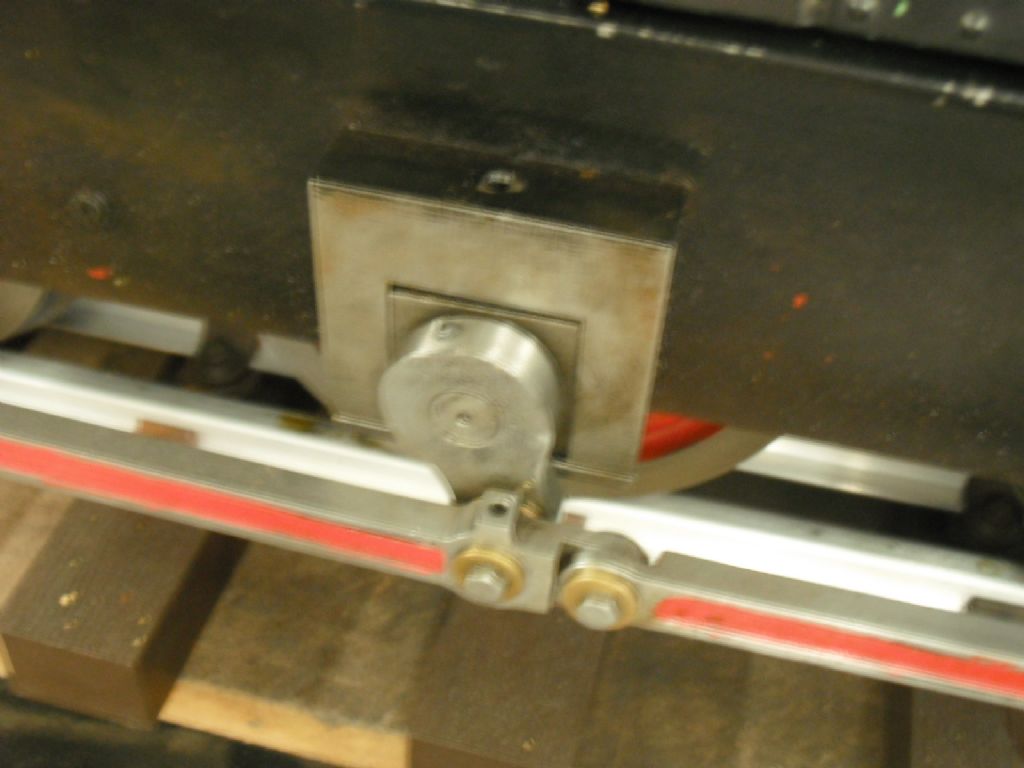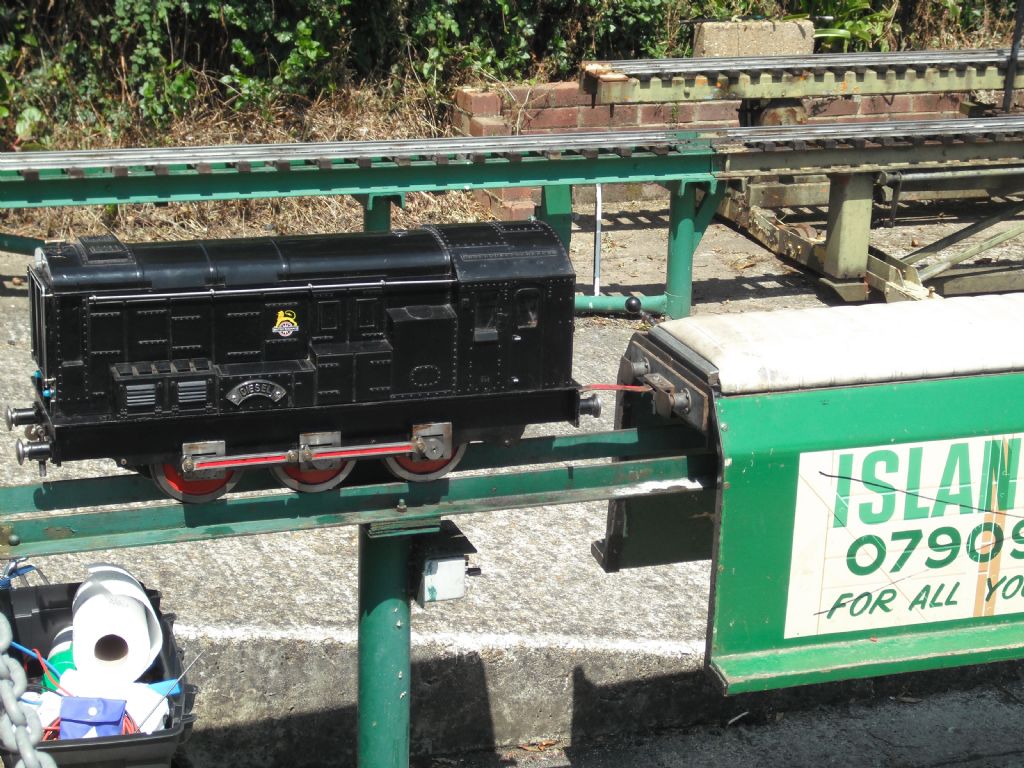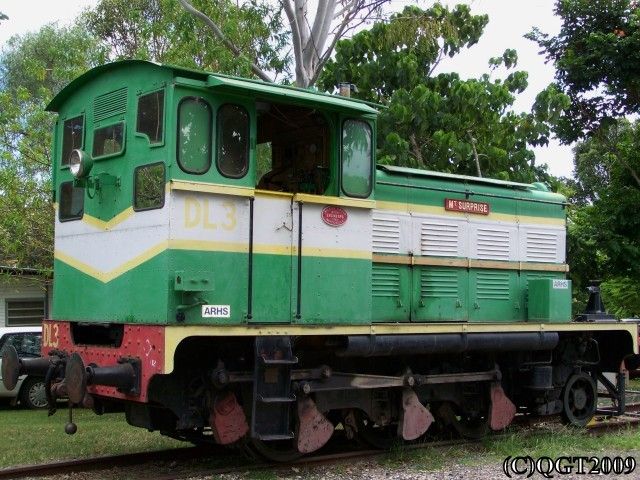Just wondering if i could resurrect this thread briefly.
I'm at the stage of mounting the cranks on the ends of the axles for the outside frame 3-axle diesel shunter i am building in 5" gauge, and being a newbie and also working without the benefit of construction articles I'm unsure how to go about it.
I've read this thread, but being a visual person have trouble making sense of what is being described. Could someone please advise whether diagrams or text of the 'David Eaves method' are available and a source where they could be obtained.
My original thought was to clamp them on in a similar manner to Neil's jackshaft drive shunter, but the full size version of my loco has the cranks pressed on and keyed. I'm now thinking that a light push fit would make it easy to get the quartering correct using whatever method is easiest, then mark and drill for pins, remove and re-assemble with Loctite™ then before the Loctite™ sets drive the pins in which should fix the cranks in their correct positions.
Am i simplifying it too much?
I'm using sealed ball bearings on all axles so if I ever need to replace a bearing i'll need to drill out the pins then heat the joint to release the Loctite™ so i can remove the crank, but that to me seems an unlikely occurrence.
Thanks.
 Perko7.
Perko7.







